19. Ocean’s Thirteen

Danny Ocean (George Clooney) and the gang are back in Ocean’s Thirteen, the third in the highly successful trilogy of Ocean’s films. A rare third film of a franchise that’s better than its predecessor, Ocean’s Thirteen largely succeeds by tightening the mechanics of the film that became too loose in the second: the plot is tighter, the editing is flashier, and the ending is more enjoyable.
Soderbergh is as good a mainstream director as he is an indie filmmaker, and Ocean’s Thirteen is him in commercial mode making a slick, enjoyable high concept product.
18. Bubble

Bubble is one of Soderbergh’s independent experiments: filmed between the big budget Ocean’s Twelve and Thirteen, respectively, on digital video and using non-actors on an improvised script, Bubble held the distinction of being the first film to be released on a cable package, in theaters, and on DVD at the same time.
A somewhat mystery about a lonely doll factory worker who becomes fixated on a co-worker and then jealous of his relationship with a new worker, which leads to murder, Bubble is an intriguing and odd film. Despite its innovative distribution strategy, it tanked on all fronts, barely making 1/10th of its budget back. But Soderbergh is a vanguard in his field, always pushing the envelope with his independent releases–and Bubble was a noteworthy experiment in this regard.
17. Che
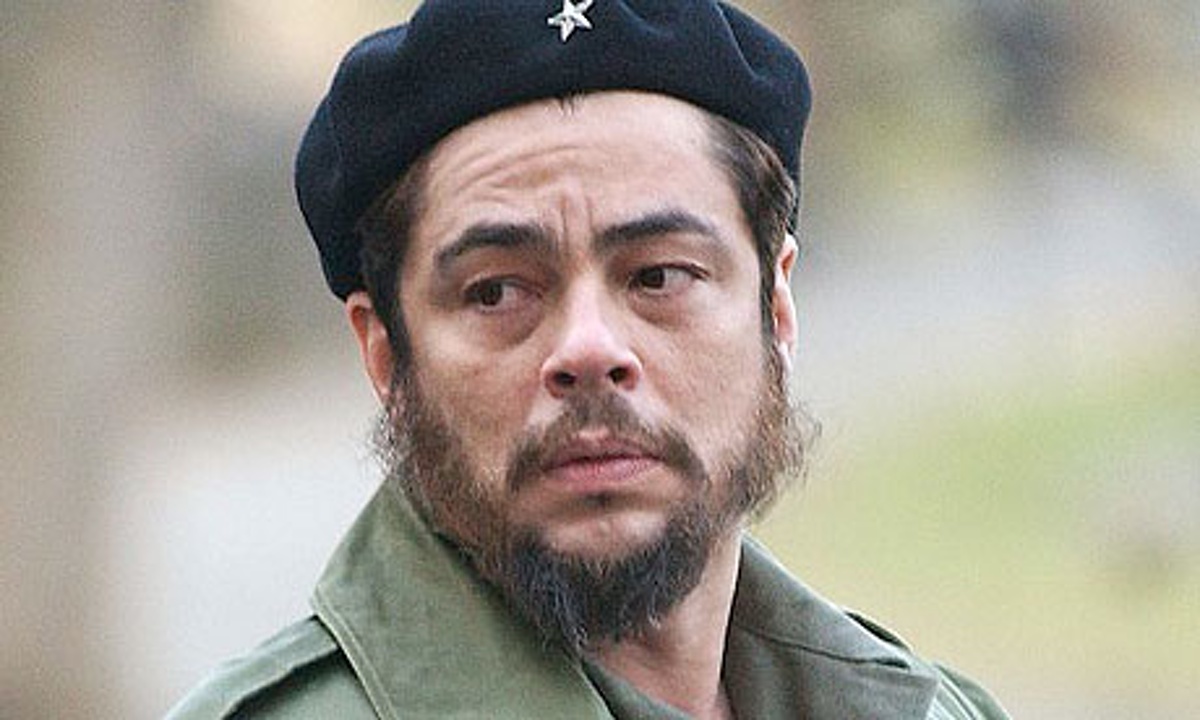
One of Soderbergh’s trademarks is his non-linear storytelling, which shows present action interspersed with revealing flashbacks that bring new meaning to the action the viewer just witnessed. Che–his two-part biography on the Marxist revolutionary Che Guevara, employs this technique to the fullest, telling in a nonlinear fashion the life story of this influential figure.
An international production and shot over 80 days in Spain, Puerto Rico, and Mexico, this film–funded by IFC Films–had Soderbergh dancing between mainstream and independent filmmaking. Though a high-budget film, its subject matter is inherently uncommercial, while the length of the film kept some audiences away.
This detailed biopic caught the spirit of revolution itself, placed figuratively on the shoulders of one controversial figure, and is a notable achievement in Soderbergh’s filmography. However, while Benicio del Toro is captivating as the main figure, the film glosses over the more negative aspects of Guevara’s revolutionary activities and although aptly filmed its sluggish pacing and inability to penetrate its subject intimately ultimately makes this a middling Soderbergh effort.
16. The Girlfriend Experience
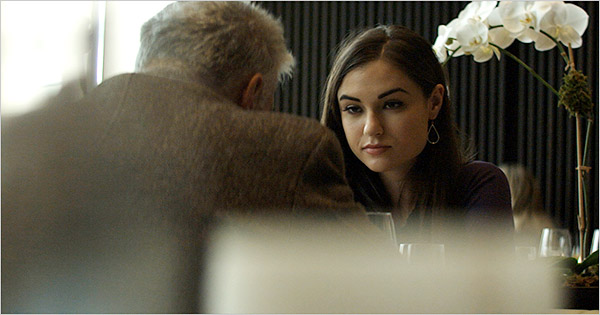
Soderbergh has never shied away from experimentation in his films, particularly his lower budget independent pictures. This has never been clearer than with The Girlfriend Experience. Casting then-active porn star Sasha Grey as protagonist Chelsea, a high-end call girl who is experiencing difficulties between her personal life, clients, and the job itself.
Offering herself for “the girlfriend experience” (a prostitute that also acts as a girlfriend to her clients), she is witness to her clients’ diminishing returns as the effects of the 2008 financial crisis begin to curtail their ability to pay her for her services. Interspersed are conversations Chelsea has with a journalist profiling her career.
An interesting movie (later adapted into a TV series) that takes chances with narrative, Soderbergh is again in independent experimentation mode with this film. Shot for only $1.7 million, the filmmaker felt free to make the film as he pleased, which ended up with a film that could be taken as an interesting look at human nature or a pretentious exercise in aesthetics. But like Schizopolis, Soderbergh’s independent experiments can be taken both ways, which makes his work so enticing to cinephiles.
15. The Informant!
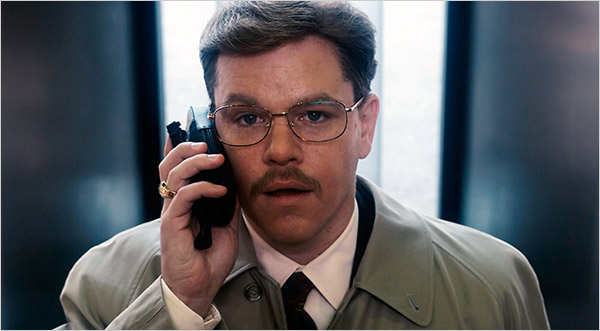
Big business whistleblower Archer Midland (Matt Damon) begins supplying the FBI with secretly recorded information about his company that points to nefarious illegal dealings within the livestock industry. While the FBI is initially appreciative of the incriminating evidence he supplies, Archer begins to go off the deep end, with his increasingly unstable behavior making him a liability to both the company he works for and the FBI.
When Soderbergh does comedy, it’s mostly pitch-black and centered around characters that are slowly unraveling. Such is the case with The Informant!, which initially approaches its subject as a comedy before sinking into a portrait of the mental illness the main character suffers from and the gross malfeasance he engages in while also turning on all of his allies. A comedy that tricks its audience to watching a drama, The Informant! is a typical example of Soderbergh’s cerebral approach to “comedy” in quotes.
14. Magic Mike
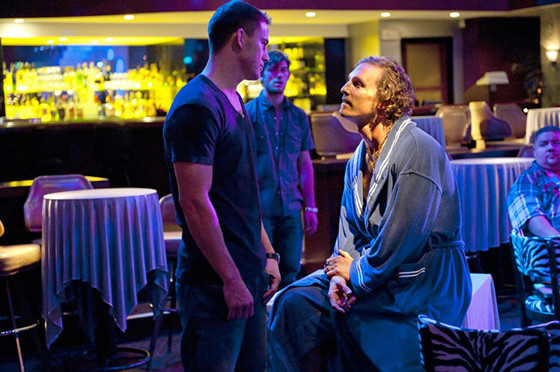
Soderbergh is fascinating in how he oscillates from serious, independent dramas and experimental films and big-budget high-concept crowd pleasers. Case in point is Magic Mike, about a 19-year-old who enters the world of male stripping.
A comedy-drama that, like much of Soderbergh’s “comedies,” starts off light and comedic and slowly descends into murky dramatic territory, Magic Mike was a gigantic success, making $167 million on its miniscule $7 million budget. Maybe not Soderbergh’s most artful film, it’s a smartly written movie featuring good performances from Channing Tatum (as the titular Mike) and Matthew McConaughey and Soderbergh working in crowd-pleasing mode.
13. Side Effects
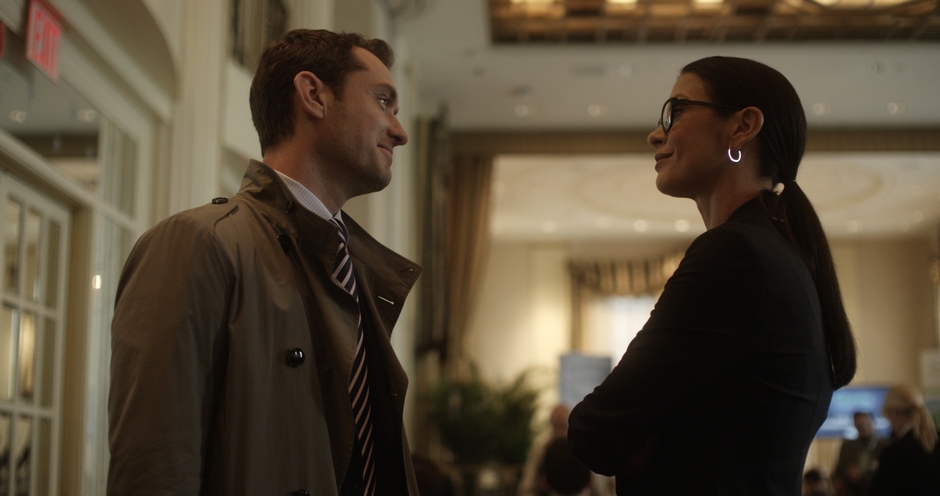
A suicidal woman is at the center of a mystery that involves the potential side effects of an anti-depressant and the murder of her husband. But not all is what it seems in this continuously twisting and turning film.
This Hitchcockian thriller has Soderbergh putting together a puzzle for the audience to eventually solve, and with his characteristic editing slight-of-hand he keeps the audience guessing throughout. Featuring an excellent performance from Rooney Mara, the real star of the film is Soderbergh’s masterful directing, cinematography, and editing, showing off his virtuoso skills to make a slick film that keeps the audience both engaged and in the dark.
12. Haywire
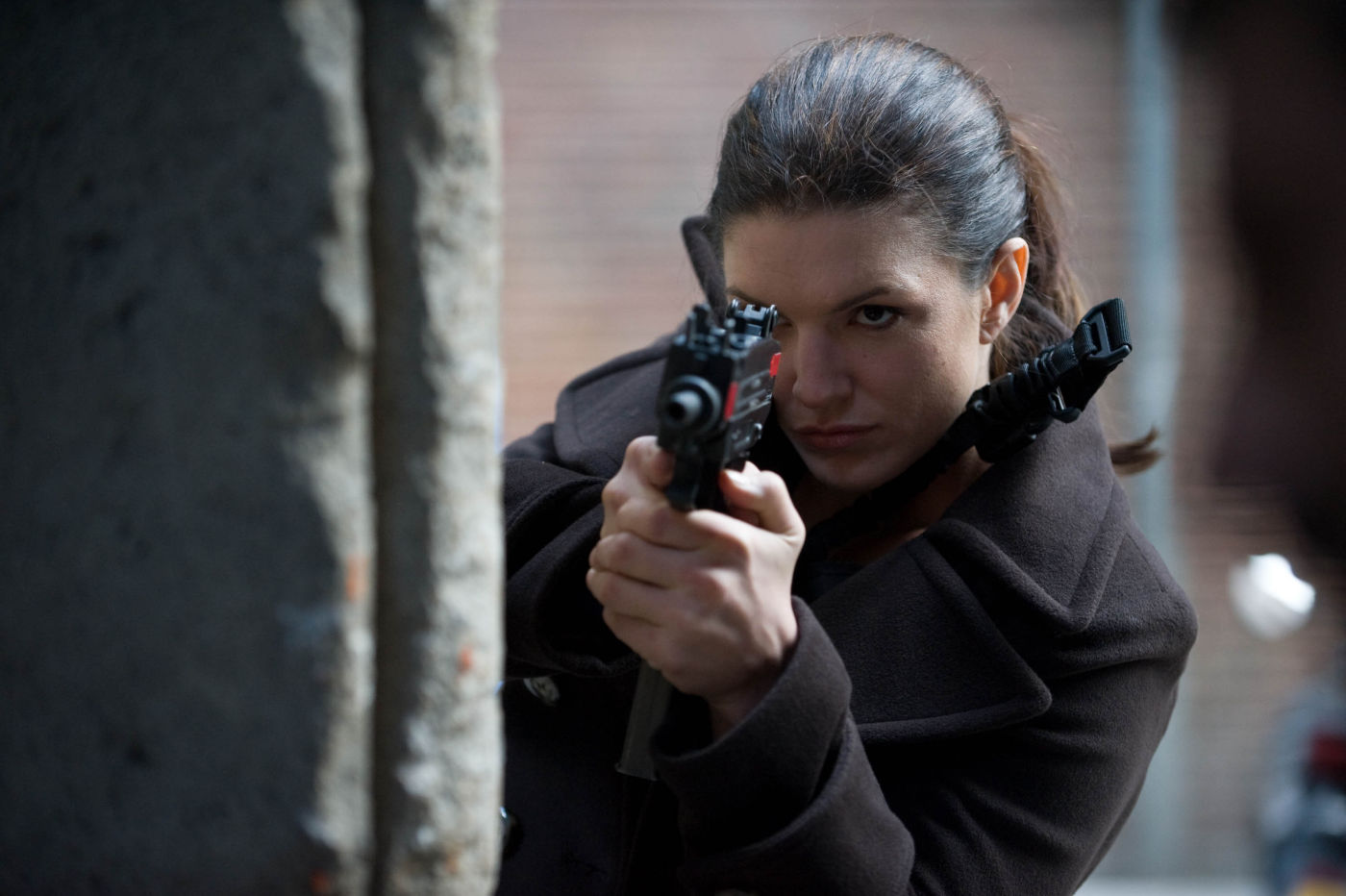
Mallory Kane is an operative that works for a shady private military contractor that performs black ops for the US government, who can maintain plausible deniability if either the operations or its operatives fails their mission. After a hostage rescue mission goes wrong and Kane is betrayed by her employer, she sets out to unravel why she was betrayed and to take her revenge.
Soderbergh is a genre-hopping filmmaker, pivoting from drama to mystery to action effortlessly, and Haywire is his take on the spy thriller film. Former MMA fighter Gina Carano plays Kane in her acting debut, bringing authenticity to the role of an action-oriented female operative, and Soderbergh brings his standard excellent directing (and editing and cinematography) abilities to the action genre.
11. Contagion
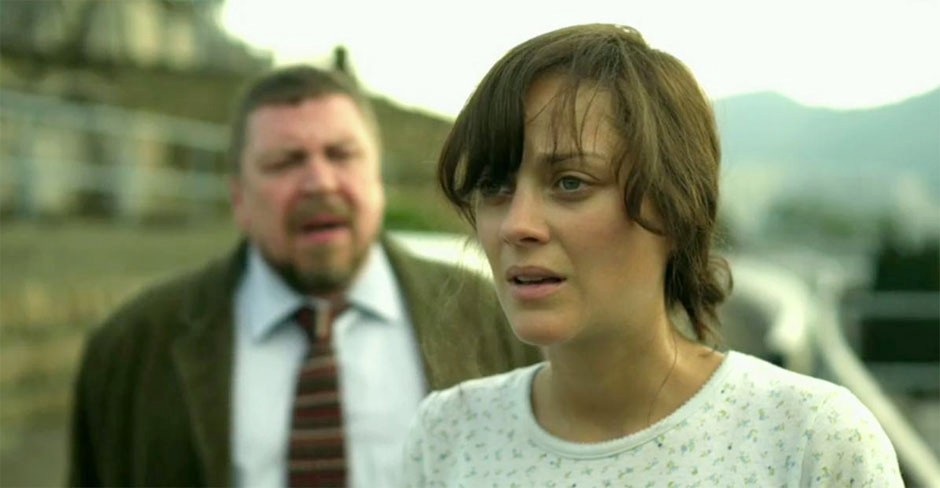
One of Soderbergh’s numerous signature touches is his ability to weave complex overlapping narratives into a coherent film. Contagion–which portrays a pandemic that leads to social chaos and the efforts of various agencies to identify and create a vaccine–is one of his multi-narrative films that employs its many moving parts to create an atmosphere of tension and paranoia, effectively mirroring the creeping uncertainty of a world on the brink of disaster.
With a large all-star cast, including Matt Damon, Gwyneth Paltrow, Kate Winslet, and Jude Law, Contagion shows off Soderbergh’s masterful editing skills as he crosscuts between narratives taking place across the world and at different levels of society.
From an everyman trying to keep his family alive in the locked-down suburbs of America to a doctor working with the World Health Organization to a conspiracy theorist who suggests the pandemic was started by the government, Contagion is a complicated film that–thanks to Soderbergh’s masterful abilities–comes across as much more straightforward than many directors would be able to pull off with such intricate material.
10. Logan Lucky
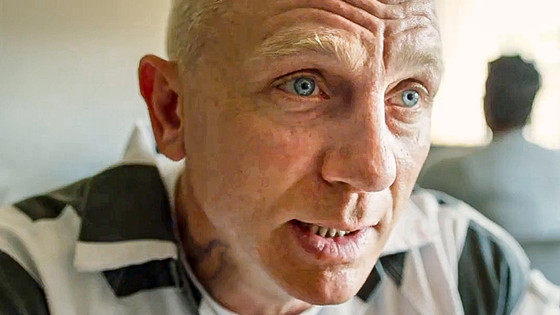
A blue collar worker down on his luck makes a plan to steal money from the Charlotte Motor Speedway. With the help of his Iraq War veteran brother and the aid of a safecracker, his two rather slow–witted brothers, and their sister, this down on their luck group plan a heist during the upcoming Memorial Day weekend race.
A sort of blue collar Oceans Eleven caper, critics were once again impressed with Soderbergh’s ability to mix humor with pathos and of course his standard slick editing and directing. However, audiences did not turn out to see Logan Lucky.
Although marketed squarely at the blue collar demographic in the US it depicted, some have theorized that this segment of the population saw the film as taking a derogatory tone at both their hardships and culture. Perhaps in the near future, this audience will take another look at Logan Lucky and find its oddball characters, slick direction, and energetic tone more appealing than they did at first glance.